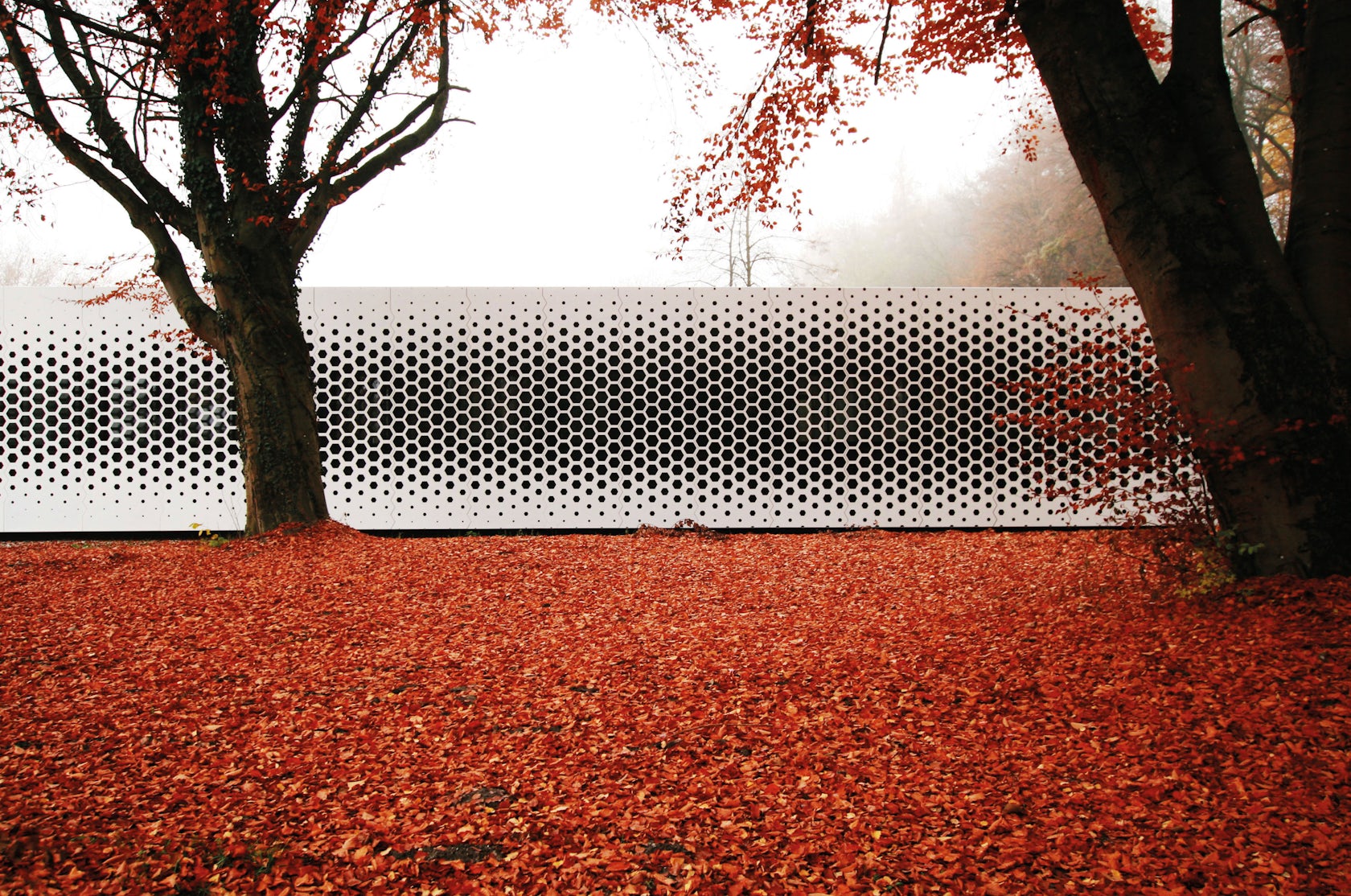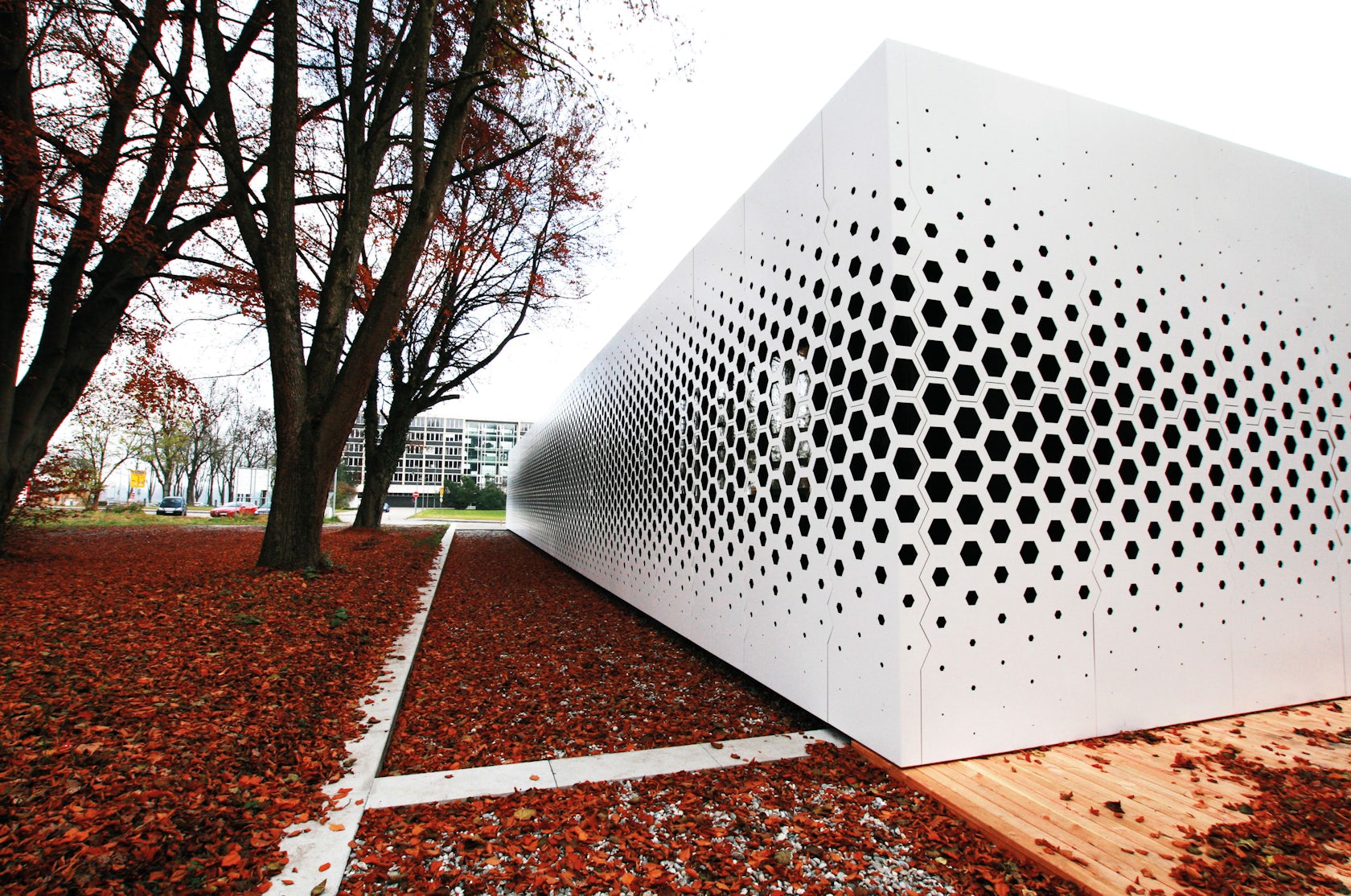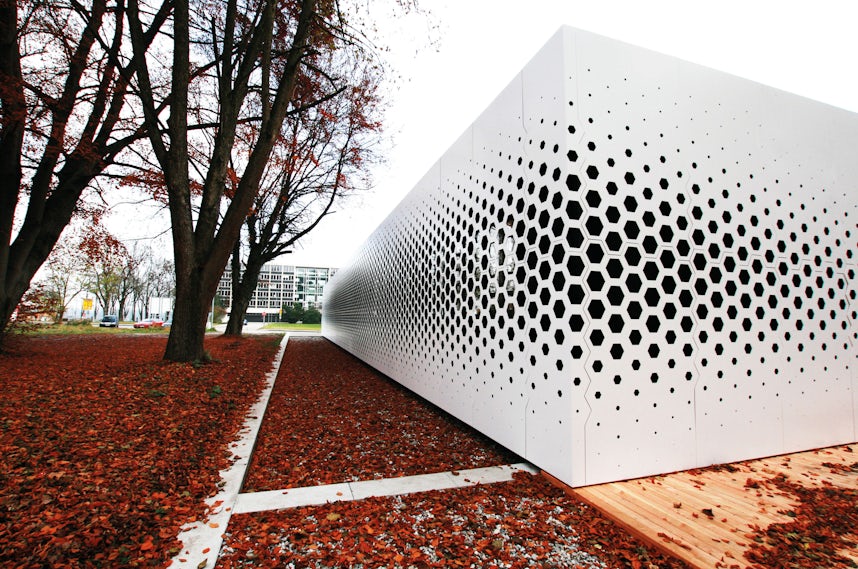Browse the Architizer Jobs Board and apply for architecture and design positions at some of the world’s best firms. Click here to sign up for our Jobs Newsletter.
Ask any selection of architects what they think about parametric design and you’re likely to receive a very wide range of answers. This is due in part to the fact that the term can have a very wide-ranging definition. While a variety of practices employed in architecture today can claim a parametric basis, the fundamental notion of this ever more popular working method is rooted in the use of computer algorithms to generate design solutions that would otherwise take impossibly long to solve with the human brain. By setting up high-level parameters (such as daylighting levels and air flow volumes) that can easily be modeled with various software, architects can essentially outsource the type of fine-level detail wrangling that used to define the profession and let a machine do the thinking for them. When applied to a building element as substantial as a façade, it’s easy to see why the last two decades have seen a proliferation of forms and patterns that were not only inconceivable before but also practically impossible.
Concurrent with this trend has been a relative increase in the ease and economy of fabricating some of the most common metals found in façade construction. Using heavy-duty, industrial machinery that can receive instruction from the same software responsible for originating parametric designs, the entire contemporary building process can be accomplished through a single digital medium. Employed for various reasons, from providing optimal light and views to ensuring comfortable amounts of solar heat gain, parametric façade design and the materials utilized in its final expression can easily be combined to the effect of aesthetic efficiency, environmental soundness and ease of construction.


FORMSTELLE by Format Elf Architekten, Töging am Inn, Germany
As an adaptive reuse for part of a former aluminum plant, the same metal was used here to envelope a new office space. Openings were designated to suit a variety of work spaces on the interior and address their respective needs on the perimeter of the building.

© Sheppard Robson Architects

© Sheppard Robson Architects
Siemens Middle East Headquarters by Sheppard Robson Architects, Abu Dhabi, United Arab Emirates
In this corporate headquarters situated on the technological testing ground that is Masdar City, a façade made of separate aluminum panels provides perfectly calculated shading and view angles to the occupants within. Each aluminum fin was custom-built to address its specific relationship to the sun’s rays.

© Matthew Millman Photography

© Matthew Millman Photography
690 Folsom by the Office of Charles F. Bloszies, San Francisco, Calif., United States
The renovation of an abandoned parking garage led to a request for an “eye-popping” façade makeover. Utilizing parametric design for aesthetic emphasis, this repurposed space now houses the offices of a tech start-up.
![© ONL [Oosterhuis_Lénárd]](https://architizer-prod.imgix.net/media/1434719069787LIWA_tower_-_Overall_Exterior_In_Context.jpg?fit=max&w=1680&q=60&auto=format&auto=compress&cs=strip)
© ONL [Oosterhuis_Lénárd]
![© ONL [Oosterhuis_Lénárd]](https://architizer-prod.imgix.net/media/1434719343929LIWA_tower_-_perspective_6.jpg?fit=max&w=1680&q=60&auto=format&auto=compress&cs=strip)
© ONL [Oosterhuis_Lénárd]
LIWA Tower by ONL, Abu Dhabi, United Arab Emirates
Also employed primarily for decorative flair, this tower’s façade in Abu Dhabi sports a pattern that invokes an optical illusion, causing the tower to appear less bulky than an unadorned façade would impart. At night, its many oblong window bays are lit up by LED fixtures integral to their frames.

© Q-LAB

© Q-LAB
Fabulous Group – Wulai Parking Structure by Q-Lab, Taipei, Taiwan
Further instances of optical illusion are seen in the façade of this parking garage. Assembled in such a way as to express a sweeping sense of motion for anyone driving up or down the garage’s ramp, the orientation of certain façade elements also serve to block the sun at late-afternoon angles, improving visibility and safety for drivers.

© Christian Gahl

© Christian Gahl
3Cubes Office Building by gmp – von Gerkan, Marg and Partners Architects, Shanghai, China
Parametric façade design was employed at this office complex to create both a sense of unity and variety between three separate buildings. Joined together by a common material and design process, each building constitutes a unique piece of a large-scale, urban composition.

© Robin Hill Photography

© Robin Hill Photography

© Craig Scott
City View Garage by IwamotoScott Architecture, Miami, Fla., United States
Wrapping around a parking garage situated at an unofficial gateway to Miami’s design district, a sculptural metal screen was designed here to be both attention-grabbing and practical. As a unique “billboard” it announces one’s arrival to a singular neighborhood; as an architectural element it provides natural ventilation and protection from the elements in a single, efficiently articulated mass.
Browse the Architizer Jobs Board and apply for architecture and design positions at some of the world’s best firms. Click here to sign up for our Jobs Newsletter.









